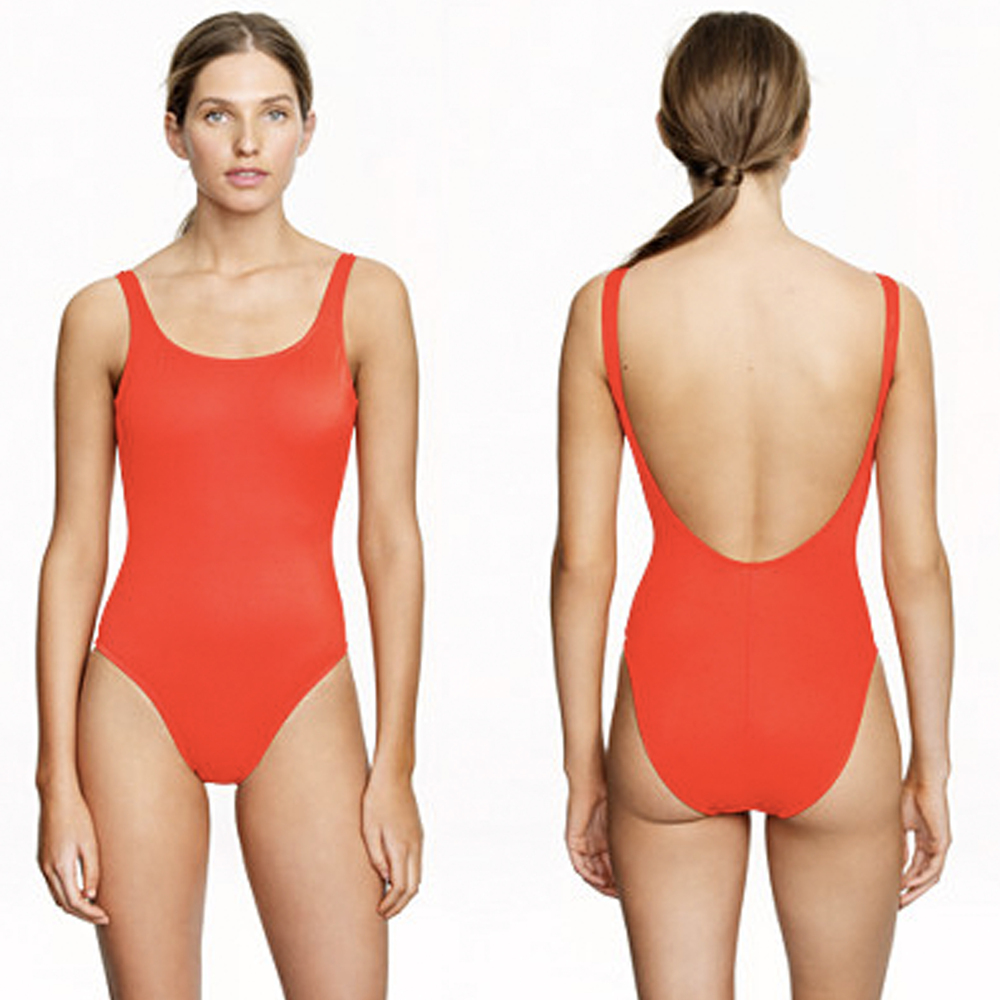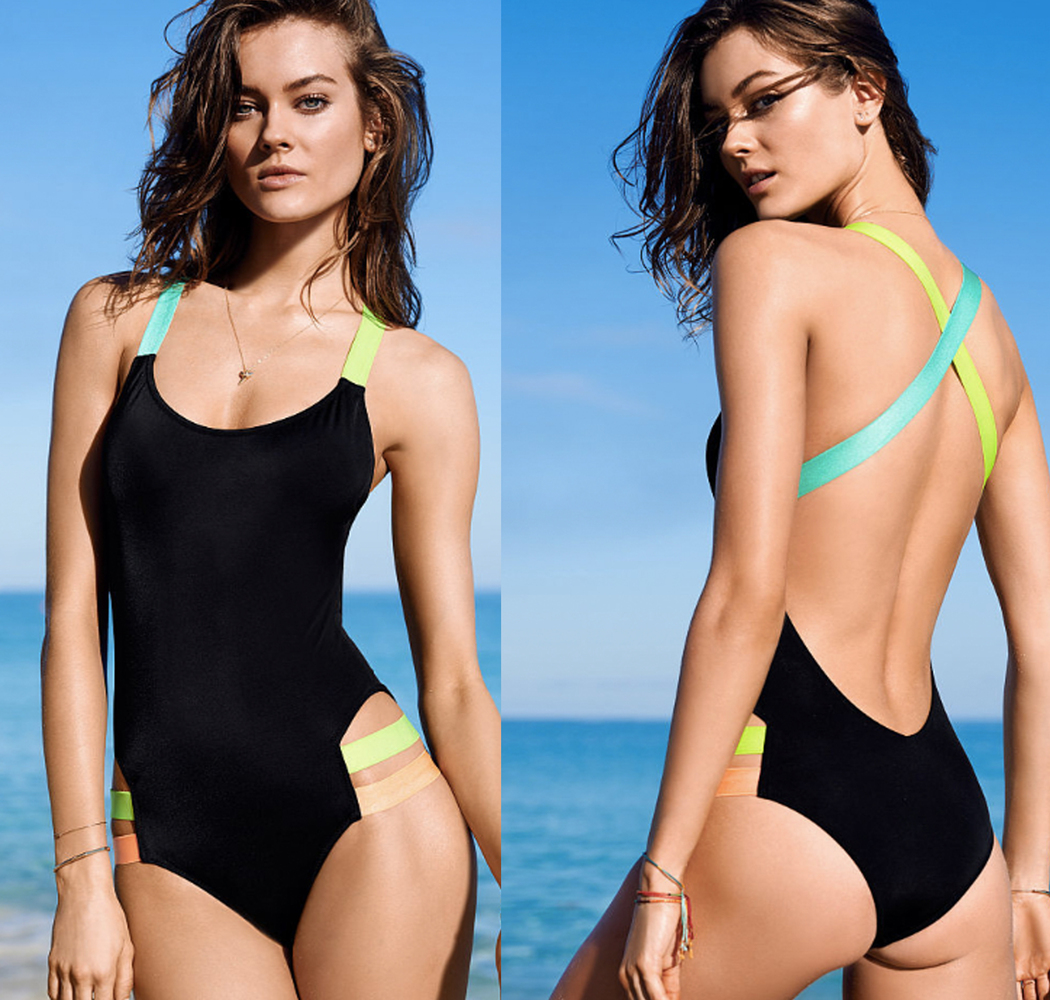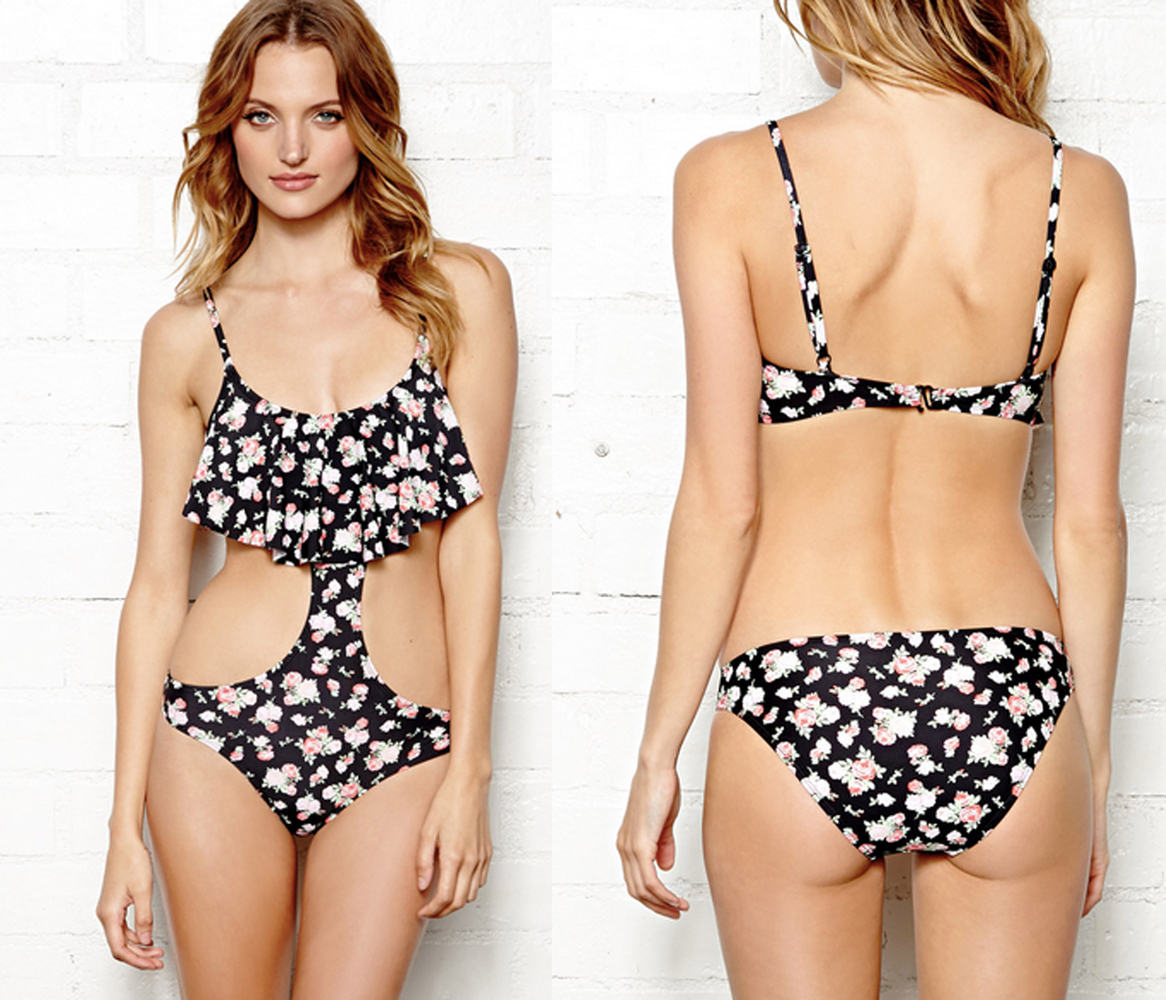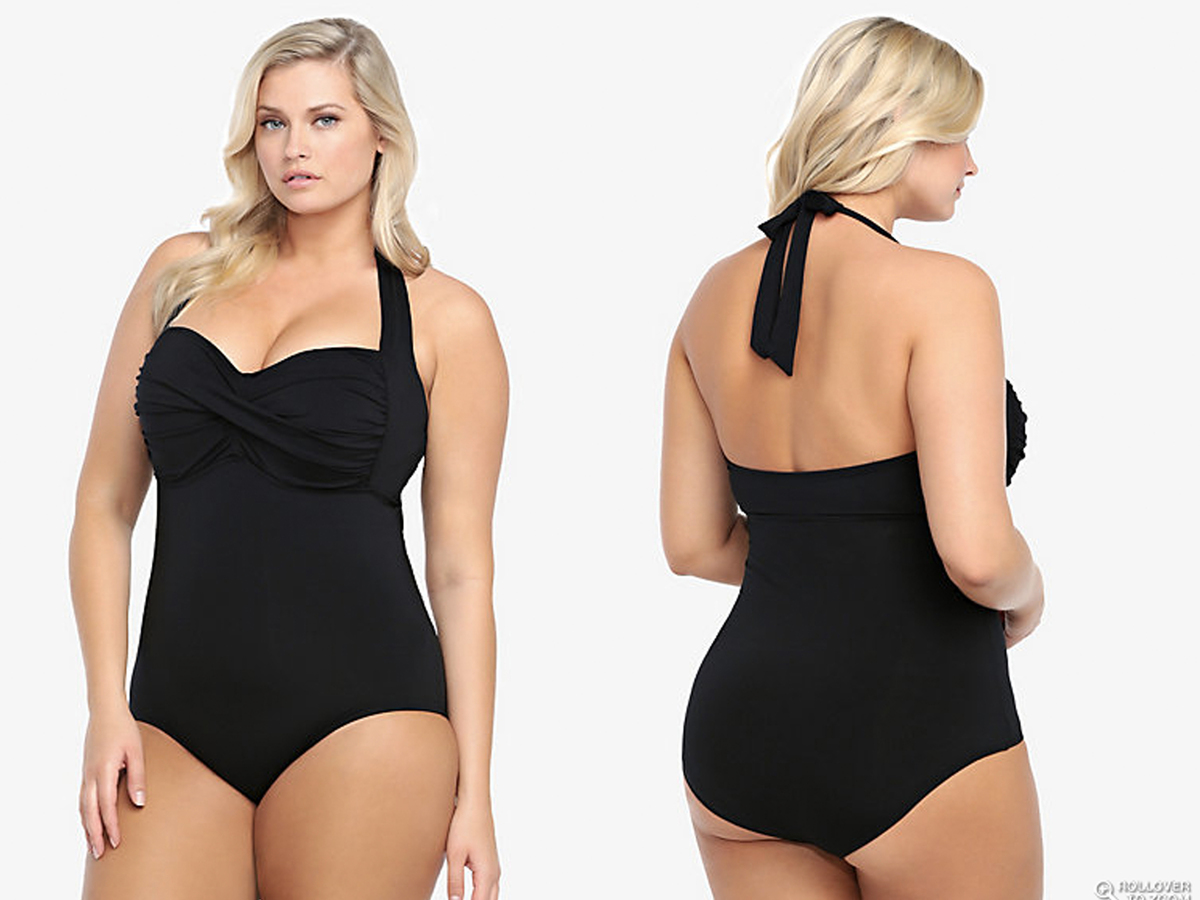USE THESES 7 TIPS TO STOP FEELING INSECURE ABOUT YOUR RELATIONSHIP
Relationships: A security issue
When we enter an intimate relationship we can feel very emotionally vulnerable; especially if we have felt let down or hurt in previous relationships.
Will they reject me?
Have I done something to upset them?
This is just too good to last!
These are the typical thoughts and feelings of the chronically insecure partner. Being insecure is a whole lot of hard work. So what does it involve?
Seeing problems where none exist
When we become anxious about anything, we start looking for signs of things 'going wrong' (nervous flyers look out for signs that the aircraft is in trouble). And, of course, we usually find what we're looking for, even if it isn't really there at all.We perform constant monitoring: "Do they look fed up?
Why did they say that?
Who's this other person they've mentioned?
Should I feel threatened?
Are they less attentive?
Why did they pause after I suggested we meet up?"
1) STOP CONFUSING IMAGINATION WITH REALITY:
Making stuff up and then believing it is a sure-fire way to self-torment.The insecure flyer will hear the normal mechanism of the air conditioning and twist it within their imagination to signify impending doom via crash and burn. They'll imagine the bored look on an air steward's face to be barely concealed terror because, "He must know something we don't!"
The over-imaginative flyer may even fantasize the sound of the landing gear coming down is an engine falling from the plane. They scare themselves by assuming what they imagine represents reality.There are normal 'mechanisms' to any relationship.
There are ebbs and flows and mood changes, moments of intimacy and closeness and comfortable spaces. These ebbs and flows are normal. Wanting to be absolutely close and intimate all the time is like wanting an aeroplane to never make a sound or a movement.Next time you feel insecure, ask yourself what it is you are imagining. Write it down on paper under, 'Stuff I am making up in my head.'
Being able to distinguish between what you imagine and what is actually happening is a massive step toward self-assurance. Which neat
2) AVOID THE
2) AVOID THE CERTAINTY TRAP:
Overcoming relationship insecurity is partly about becoming less controlling. This may sound strange, but feeling that: "This relationship must be exactly as I think it should be!" is a form of over-control.
A sign of insecurity in relationships is when the desire for certainty becomes too strong.Having to know whether your partner really loves you, having to know this or having to know that puts a lot of unnecessary strain and tension into the relationship.
The fact is, we all have to live with uncertainty.
Insecure people can still feel insecure even when they are told they are loved. Wanting what is not possible (complete and utter certainty in all and everything forever) is not possible because imagination can still make up doubts. So stop looking for certainty where it doesn't apply.Self-assurance comes from starting to relax with uncertainty. Wanting to know for certain that someone will be with you forever prevents you enjoying the here and now.
3)
3)GIVE THE RELATIONSHIP ROOM TO BREATH:
When you plant a seed in the ground, you need to give it access to sunlight, water, and air; you need to give it space to develop. Your relationship needs room to breathe. Schedule in some 'separate time' and just see it for what it is. The developing flower needing space to grow isn't a sign that it is heading for collapse.
4) STOP 'MIND READING':
Constantly wondering what your partner is thinking is a quick route to anxiety. If they say one thing don't assume they mean another. If they say nothing don't assume that their silence is significant, either.Many men relax by not talking. Constantly wondering and asking what someone is thinking is a dead end because even if they do tell, will you believe them anyway?'Mind reading' happens when we assume we know what someone is thinking when we don't. When you stop doing it, you really begin to respect someone's privacy because everyone deserves the right to have space to think their own thoughts. Constantly asking, "What are you thinking?" can make someone want to withdraw further.
5) STOP COMPARING CURRENT RELATIONSHIPS WITH PAST ONES:
Have you ever taken an instant disliking/liking to someone merely because they reminded you of someone else who you disliked/liked? Some people do this with whole relationships. Because they were in a relationship with someone who was abusive, very critical or dishonest, or who left them, they respond to a new partner defensively or angrily when, in fact, the new partner is not really like the old one at all.The extreme form of this 'sloppy comparison' can lead to destructive over-generalizations such as, "All men are lying bastards!" or "All women are promiscuous money grabbers!"If you suspect you have been making faulty unfair comparisons between your current partner and a former one, then write a list of all the destructive traits of your former partner. Write next to this list all the ways your current partner is different and review this list regularly. This will help you to stop assuming that the future has to be like the past.
6) FOR SECURITY: SEEK-SELF ASSURANCE:
Rather than always looking to the other person to make you feel secure in your relationship, get into the habit of reassuring yourself. Start to challenge your own fears and imaginings rather than just accepting them. Ask yourself: "Hold on a second. What real evidence is there for this fear?" At the same time you can focus on the thought: "Okay, nothing in this life is certain and I can live with that. And even if this relationship did end, I'm strong enough to go through it and ride it and will have learnt things from it." We all need to go with the flow in relationships. What we fear will be 'the end of the world' if it happens never really is.Sit down, close your eyes, and strongly imagine feeling relaxed and secure around your partner. This will train your brain to feel that "whatever happens, I'll be okay." And finally...
7) FOCUS ON THE GOOD:
Relationships are meant to be fun (at least some of the time). Insecure people look for signs of what's not working. I want you to look for signs of what is.Doing this will get you and your partner feeling naturally more positive.No meaningful relationship will always totally work all the time. Being too black or white about relationships spells trouble.
Marvis World Blog
Welcome To Marvis World Of Fashion, Articles,Lifestyle, Entertainment,Gossip And Many More...
Saturday, 25 October 2014
Sunday, 6 July 2014
SWIM SUITS THAT ARE SEXIER THAN BIKINIS.
Summer is here for the ladies here are some classy and nice swim suits you can rock this summer.
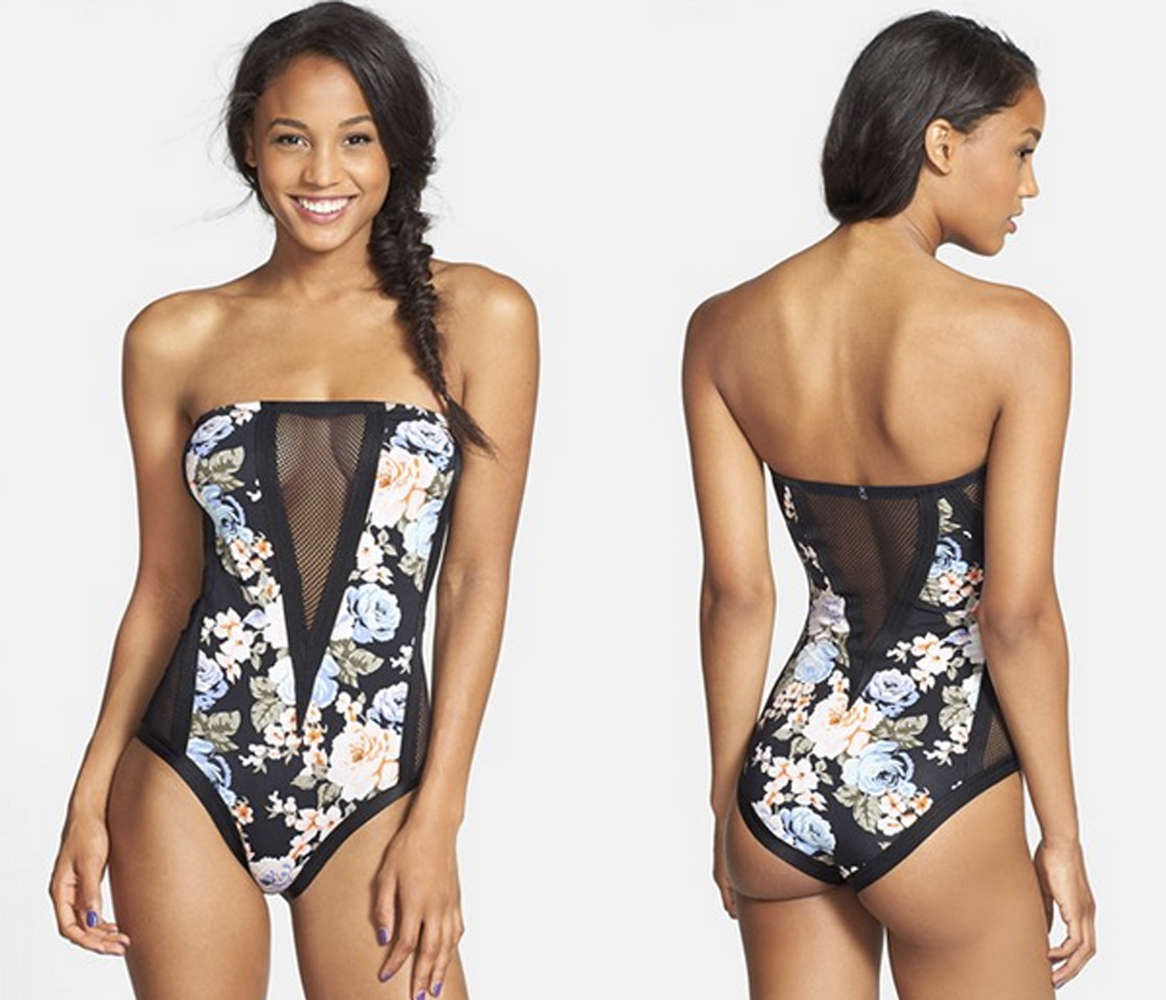 One-Piece Swimsuit
One-Piece Swimsuit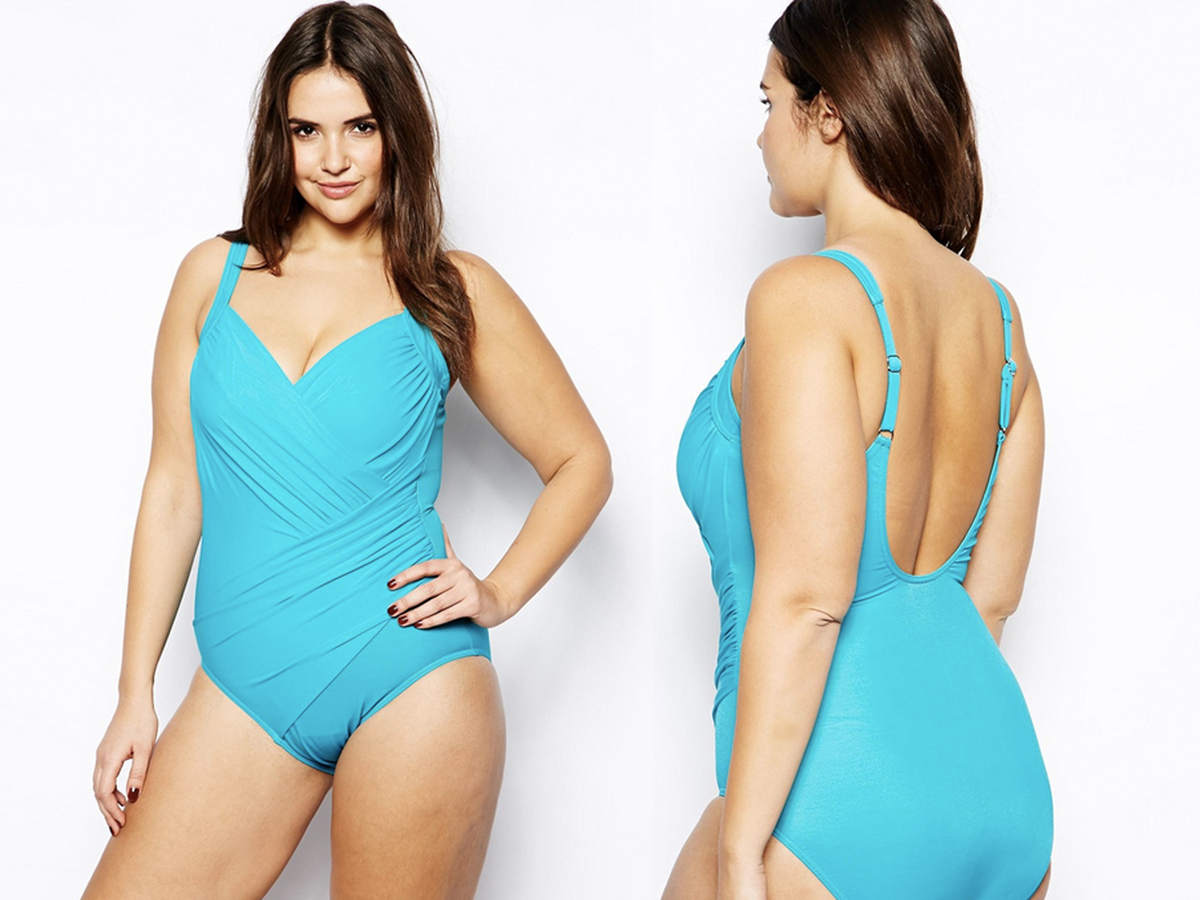 Underwire Swimsuit
Underwire Swimsuit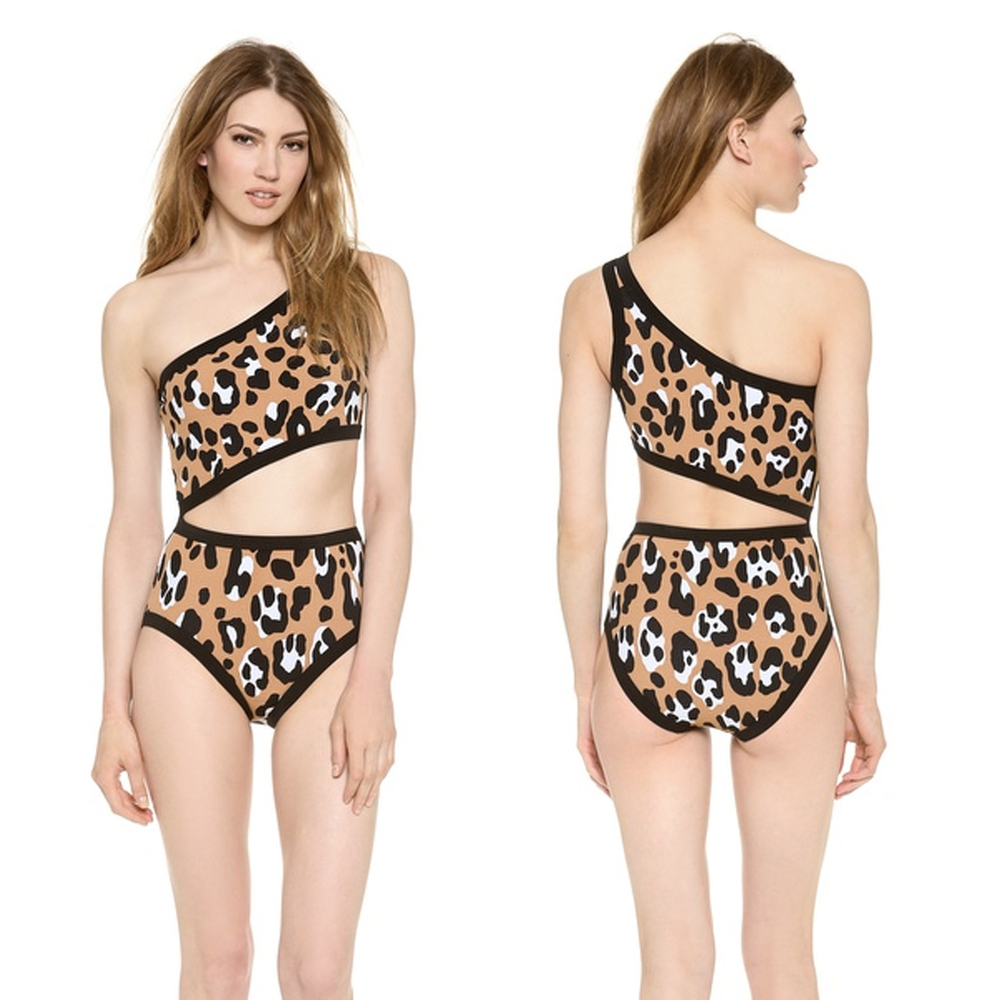 Micha Leopard One Shoulder Maillot
Micha Leopard One Shoulder Maillot- scoopback tank
Thursday, 3 July 2014
Beauty:How To Grow Back EyeBrows Fast.
Fuller and bigger brows will always look better, that is obvious. This is why you should know how to grow eyebrows back faster. Although some people naturally have fuller and thicker eye brows, you can make yours better if you follow what is discussed in this article.
Eyebrow loss can be caused by a number of things, which range from harsh makeup use, disease and conditions as well as general care you give your brows
Tip #1 – Avoid Over TweezingThe first way on how to grow eyebrows back faster is putting down your tweezers and magnifying glasses. It is common to meet people, who have no eyebrows because they have overplucked or overtweezed them.Tweezing is one of the best ways to shaping your brows that gives you much control since you will be plucking a single eyebrow at a time. Whereas it is not part of their intention to sabotage brow growth, many people often find themselves to have wiped their eyebrows so much. What should they do if they want grow brow hairs that are fuller and thicker back.Try using a razor on places you have stubborn brows instead of forcefully plucking them off. This will reduce damages of root hairs.
Tip #2 – Avoid Using Any Lotions on Your EyebrowsThe second tip is saying not to any lotions i.e. if you want to grow eyebrows fast, you must stop applying any kind of lotion on your eyebrows, unless it is for that purpose.This is very important since some lotions and creams will often clog you hair follicle. This will both slow down eyebrow regrwoth and in worst-case scenario prevent eyebrow growth completely. Thus causing permanent eyebrow hair loss.Instead of relying on any lotion, you should always go for eyebrow enhancers as well as conditioners.
Tip #3 – Eyebrow Growth Enhancers and ProductsDifferent people have difference feeling towards eyebrow growth enhancers with some noticing great results while others have seen little change. If you want to grow them fast, why not try these products.
Tip #4 – Eyebrow ConditionersMay be you are losing your brows because they are dry and they break off easily. Using a good type of eyebrow conditioner will help you to grow eyebrows back quickly and ensure they are very strong. If you are looking for some of the best eyebrow growth enhancers, here is what can really help you get excellent result:You often condition your hair to make it grow faster and remain healthy. Similarly, you should always ensure you have conditioned your eyebrows. Conditioning your brows, will not only help your eyebrows grow back faster, but ensure they are also strong and healthy.
Tip #5 – Reduce Eyebrow MakeupThe other tip on how to grow eyebrows fast is reducing the use of brow makeup. Continually and frequent use of brow makeup can lead to eyebrow loss, especially if you use makeup aggressively. Imagine the impact of rubbing vigorously your eyebrows using an brow pencil. It is bound to thin and deteriorate your brows.In addition, avoid harsh eyebrow makeup such as eyebrow dyes unless it is very necessary. You can use eyebrow powder, gels, eyebrow tints and soft pencil mildly but try not to wear them every day.
Tip #6 – Natural Ways of Growing EyebrowsFinally, you need to try the many natural remedies that help eyebrow to grow back. There are many products, which range from diets to actual products you will use on your eyebrows to ensure they grow back faster. Some of the common natural way to grow eyebrows back quickly includes the following:
Eyebrow Massage – Using a fine eyebrow brush, always massage your brows in circular direction towards their growth direction and outwards for a few minutes twice or three times a week. This will help stimulate eyebrow growth and you are bound to have your eyebrows grow back fast. It works in a similar way hair brushing works. It stimulated eyebrow exfoliation.
Natural Oils – Most makeup artists also recommend massaging of various products such as Vaseline, castor oil,almond oil (e.g. Now Foods, Sweet Almond Oil), aloe vera, pure coconut oil (e.g. Nutiva Organic Extra Virgin Coconut Oil) among many others gently on your eyebrows after you have removed all the makeup. You could also try rubbing egg yolk, lemon slice and other natural products, which help in eyebrow growth.
Good Diet– Your diet is no doubt very important if you want to grow eyebrows back faster. Ensure your diet has vitamins A, B, E, iron, folic acid, zinc and adequate protein amounts.Poor nutrition could be the reason for slow eyebrow growth and eyebrow thinning. If you cannot get enough of these nutrients, try using supplements that have these specific nutrients and many others that are known to help in hair growth.
Eyebrow loss can be caused by a number of things, which range from harsh makeup use, disease and conditions as well as general care you give your brows
Tip #1 – Avoid Over TweezingThe first way on how to grow eyebrows back faster is putting down your tweezers and magnifying glasses. It is common to meet people, who have no eyebrows because they have overplucked or overtweezed them.Tweezing is one of the best ways to shaping your brows that gives you much control since you will be plucking a single eyebrow at a time. Whereas it is not part of their intention to sabotage brow growth, many people often find themselves to have wiped their eyebrows so much. What should they do if they want grow brow hairs that are fuller and thicker back.Try using a razor on places you have stubborn brows instead of forcefully plucking them off. This will reduce damages of root hairs.
Tip #2 – Avoid Using Any Lotions on Your EyebrowsThe second tip is saying not to any lotions i.e. if you want to grow eyebrows fast, you must stop applying any kind of lotion on your eyebrows, unless it is for that purpose.This is very important since some lotions and creams will often clog you hair follicle. This will both slow down eyebrow regrwoth and in worst-case scenario prevent eyebrow growth completely. Thus causing permanent eyebrow hair loss.Instead of relying on any lotion, you should always go for eyebrow enhancers as well as conditioners.
Tip #3 – Eyebrow Growth Enhancers and ProductsDifferent people have difference feeling towards eyebrow growth enhancers with some noticing great results while others have seen little change. If you want to grow them fast, why not try these products.
Tip #4 – Eyebrow ConditionersMay be you are losing your brows because they are dry and they break off easily. Using a good type of eyebrow conditioner will help you to grow eyebrows back quickly and ensure they are very strong. If you are looking for some of the best eyebrow growth enhancers, here is what can really help you get excellent result:You often condition your hair to make it grow faster and remain healthy. Similarly, you should always ensure you have conditioned your eyebrows. Conditioning your brows, will not only help your eyebrows grow back faster, but ensure they are also strong and healthy.
Tip #5 – Reduce Eyebrow MakeupThe other tip on how to grow eyebrows fast is reducing the use of brow makeup. Continually and frequent use of brow makeup can lead to eyebrow loss, especially if you use makeup aggressively. Imagine the impact of rubbing vigorously your eyebrows using an brow pencil. It is bound to thin and deteriorate your brows.In addition, avoid harsh eyebrow makeup such as eyebrow dyes unless it is very necessary. You can use eyebrow powder, gels, eyebrow tints and soft pencil mildly but try not to wear them every day.
Tip #6 – Natural Ways of Growing EyebrowsFinally, you need to try the many natural remedies that help eyebrow to grow back. There are many products, which range from diets to actual products you will use on your eyebrows to ensure they grow back faster. Some of the common natural way to grow eyebrows back quickly includes the following:
Eyebrow Massage – Using a fine eyebrow brush, always massage your brows in circular direction towards their growth direction and outwards for a few minutes twice or three times a week. This will help stimulate eyebrow growth and you are bound to have your eyebrows grow back fast. It works in a similar way hair brushing works. It stimulated eyebrow exfoliation.
Natural Oils – Most makeup artists also recommend massaging of various products such as Vaseline, castor oil,almond oil (e.g. Now Foods, Sweet Almond Oil), aloe vera, pure coconut oil (e.g. Nutiva Organic Extra Virgin Coconut Oil) among many others gently on your eyebrows after you have removed all the makeup. You could also try rubbing egg yolk, lemon slice and other natural products, which help in eyebrow growth.
Good Diet– Your diet is no doubt very important if you want to grow eyebrows back faster. Ensure your diet has vitamins A, B, E, iron, folic acid, zinc and adequate protein amounts.Poor nutrition could be the reason for slow eyebrow growth and eyebrow thinning. If you cannot get enough of these nutrients, try using supplements that have these specific nutrients and many others that are known to help in hair growth.
PREVENT YOUR BOOBS FROM SAGGING.
keep it Firm: Prevent Your Boobs From Sagging
Time and a pesky little thing called gravity are working against us, and none of us are looking forward to the day when what used to be firm and bouncy starts feeling loose and droopy. While we know saggy boobs are in all of our eventual futures (hopefully our far, far-away futures), we’re still fighting back. We can stave off the sagging for a few extra years by giving our girls the support they deserve today!
What causes saggy boobs?
According to Dr. Fardad Farouzanpour, a plastic surgeon and founder of Beverly Hills Cosmetic Surgical group, sagging is based in biology.“Breasts are composed of fat cells, milk ducts, milk glands, and Cooper’s ligaments,” he explains. “As women age, milk glands in the breasts are replaced with fat tissue [that has] less support.” While he says that breasts can sag at any age, he adds, “Most females do not experience sagging during their teenage years or early twenties unless their breasts are extremely large [or] the person is obese.”Sagging isn’t purely biological, however. Dr. Farouzanpour notes that a number of external factors can speed up the process. In addition to genetics and the stretching of the skin and the Cooper’s ligaments, he cites “gravity, weight gain and weight loss, pregnancy, certain sports that can cause the breasts to bounce, and possibly cigarette smoking” as key factors behind the boob droop.
How to prevent the boob droop
1. Wear a supportive sports braDr. Farouzanpour says a snug sports bra is the key to maintaining firmness. “[A supportive sports bra] can prevent the skin and ligaments from stretching,” he explains. “Women with larger breasts [especially] should wear more supportive bras to prevent the breasts from bouncing while jogging.” Bouncing only puts more strain on our skin.The definition of support goes beyond simply preventing the boobs from flying in our face mid-workout. Look for sports bras with adjustable straps, inner seaming that circles the sides and bottom of the breast, and cup size differentiation (rather than just XS-XXL). If it’s thin, flimsy, and unstructured, chuck it in the trash.
2. Know your bra size
Most ladies don’t realize that they aren’t wearing the right bra. You could chalk it up to the fact that we’re focused on more important things. 80% of women are wearing the wrong bra size. It would be one thing if incorrect bra sizing only resulted in mild discomfort, but it turns out that the right bra can keep our boobs perkier longer.For the same reasons that they recommend a supportive sports bra, Dr. Farouzanpour andRebecca Jennings, CEO of the plus size lingerie company Hips & Curves, stress that the support of a properly fitted bra is our first line of defence against sagging. According to Jennings, the best way to ensure your bra is cupping your breasts correctly is to have a professional fitting, which is free at any lingerie store and major department stores .“Lifestyle [and] weight or health changes all can affect the type of bra that’s perfect for you,” notes Jennings. Your sizing could change over time without you even knowing it, so you should be fitted by a professional periodically to make sure that you’re still sporting the right fit. “Definitely don’t ignore your bra [sizings] for more than six months to a year,” advises Jennings.a. An ill-fitting bra “may slide up in the back or the cup may have some gaps. Both are signs that the bra is too big,b. You know a bra is too small if your breasts spill out the sides or the band is uncomfortably tight.c. Another easy way to tell is by pulling your bra away from your back. If it stretches more than two inches away from your skin, you need a smaller size.
3. Don’t Smoke
As if you didn’t have enough reasons to stay away from cigarettes before, we’re giving you another that you probably hadn’t considered: your boobs! “Smoking… can also cause stretching of the breast tissue,” Dr. Farouzanpour elaborates. “So, [this is a] no-no if a woman wants to prevent her breasts from sagging.”“Smoking breaks down a protein in the skin called elastin, which gives youthful skin its elastic appearance and supports the breast.”
4. Protect the boobs from UV rays
Sunburns are never any fun, no matter what part of your body they’re affecting. The good news is that most burns fade within a few days. The bad news is that if that burn happened to be on the undersides of your breasts, you’re more likely to have droopy boobs down the line.One of the four scary truths you didn’t know about going tanning is that when UV light from a tanning bed (or sunshine from a topless afternoon by the pool) hits the sensitive, rarely-exposed skin on your breasts, it burns it far too quickly. Like all sunburns, it damages your skin cells and negatively affects elasticity, causing the tissue to wrinkle earlier in life. Lather on the sunscreen and always cover up your breasts while tanning.
5.Maintain a stable weight
Another major cause of breast sagging is weight fluctuation. “Weight gain associated with the consumption of alcohol and junk food” – i.e., weight gain from an unhealthy diet rather than weight gain from muscle-building exercise – “can also cause stretching of the breast tissue,”Dr. Farouzanpour elaborates.While muscle building makes you heavier, it doesn’t affect your breast tissue (which is why, sadly, no specific exercise or workout will keep your breasts firm and tight). Weight in the form of body fat, however, does affect breast size.Unfortunately, our bodies often times change without our say-so, so the best we can do is to stay consistent with healthy eating habits and exercise (with a supportive sports bra, of course!). The stretching and shrinking that accompanies weight fluctuations adds to the strain on your skin and ligaments (think of stretch marks), so it’s best to steer clear of fatty foods and fad and crash diets (which are bad for more than just our boobs, anyway).Unfortunately, Dr. Farouzanpour says there is no one diet or vitamin that is known to keep the girls firmly in place, so we’re trusting our healthy instincts.. and our Pinterest recipes page.“The way your curves change at any given age really depends on body type, lifestyle and heredity,” concludes Jennings. “What’s most important throughout our lives is to love and embrace them!” We love our perky boobs today and we’ll love them just as much when they’re starting to sag (we swear!). There’s nothing wrong with delaying that droopy day, though. Slap on a sports bra; get yourself fitted for support; and keep your skin from stretching by ditching the butts, the tanning beds, and the Big Macs.
Time and a pesky little thing called gravity are working against us, and none of us are looking forward to the day when what used to be firm and bouncy starts feeling loose and droopy. While we know saggy boobs are in all of our eventual futures (hopefully our far, far-away futures), we’re still fighting back. We can stave off the sagging for a few extra years by giving our girls the support they deserve today!
What causes saggy boobs?
According to Dr. Fardad Farouzanpour, a plastic surgeon and founder of Beverly Hills Cosmetic Surgical group, sagging is based in biology.“Breasts are composed of fat cells, milk ducts, milk glands, and Cooper’s ligaments,” he explains. “As women age, milk glands in the breasts are replaced with fat tissue [that has] less support.” While he says that breasts can sag at any age, he adds, “Most females do not experience sagging during their teenage years or early twenties unless their breasts are extremely large [or] the person is obese.”Sagging isn’t purely biological, however. Dr. Farouzanpour notes that a number of external factors can speed up the process. In addition to genetics and the stretching of the skin and the Cooper’s ligaments, he cites “gravity, weight gain and weight loss, pregnancy, certain sports that can cause the breasts to bounce, and possibly cigarette smoking” as key factors behind the boob droop.
How to prevent the boob droop
1. Wear a supportive sports braDr. Farouzanpour says a snug sports bra is the key to maintaining firmness. “[A supportive sports bra] can prevent the skin and ligaments from stretching,” he explains. “Women with larger breasts [especially] should wear more supportive bras to prevent the breasts from bouncing while jogging.” Bouncing only puts more strain on our skin.The definition of support goes beyond simply preventing the boobs from flying in our face mid-workout. Look for sports bras with adjustable straps, inner seaming that circles the sides and bottom of the breast, and cup size differentiation (rather than just XS-XXL). If it’s thin, flimsy, and unstructured, chuck it in the trash.
2. Know your bra size
Most ladies don’t realize that they aren’t wearing the right bra. You could chalk it up to the fact that we’re focused on more important things. 80% of women are wearing the wrong bra size. It would be one thing if incorrect bra sizing only resulted in mild discomfort, but it turns out that the right bra can keep our boobs perkier longer.For the same reasons that they recommend a supportive sports bra, Dr. Farouzanpour andRebecca Jennings, CEO of the plus size lingerie company Hips & Curves, stress that the support of a properly fitted bra is our first line of defence against sagging. According to Jennings, the best way to ensure your bra is cupping your breasts correctly is to have a professional fitting, which is free at any lingerie store and major department stores .“Lifestyle [and] weight or health changes all can affect the type of bra that’s perfect for you,” notes Jennings. Your sizing could change over time without you even knowing it, so you should be fitted by a professional periodically to make sure that you’re still sporting the right fit. “Definitely don’t ignore your bra [sizings] for more than six months to a year,” advises Jennings.a. An ill-fitting bra “may slide up in the back or the cup may have some gaps. Both are signs that the bra is too big,b. You know a bra is too small if your breasts spill out the sides or the band is uncomfortably tight.c. Another easy way to tell is by pulling your bra away from your back. If it stretches more than two inches away from your skin, you need a smaller size.
3. Don’t Smoke
As if you didn’t have enough reasons to stay away from cigarettes before, we’re giving you another that you probably hadn’t considered: your boobs! “Smoking… can also cause stretching of the breast tissue,” Dr. Farouzanpour elaborates. “So, [this is a] no-no if a woman wants to prevent her breasts from sagging.”“Smoking breaks down a protein in the skin called elastin, which gives youthful skin its elastic appearance and supports the breast.”
4. Protect the boobs from UV rays
Sunburns are never any fun, no matter what part of your body they’re affecting. The good news is that most burns fade within a few days. The bad news is that if that burn happened to be on the undersides of your breasts, you’re more likely to have droopy boobs down the line.One of the four scary truths you didn’t know about going tanning is that when UV light from a tanning bed (or sunshine from a topless afternoon by the pool) hits the sensitive, rarely-exposed skin on your breasts, it burns it far too quickly. Like all sunburns, it damages your skin cells and negatively affects elasticity, causing the tissue to wrinkle earlier in life. Lather on the sunscreen and always cover up your breasts while tanning.
5.Maintain a stable weight
Another major cause of breast sagging is weight fluctuation. “Weight gain associated with the consumption of alcohol and junk food” – i.e., weight gain from an unhealthy diet rather than weight gain from muscle-building exercise – “can also cause stretching of the breast tissue,”Dr. Farouzanpour elaborates.While muscle building makes you heavier, it doesn’t affect your breast tissue (which is why, sadly, no specific exercise or workout will keep your breasts firm and tight). Weight in the form of body fat, however, does affect breast size.Unfortunately, our bodies often times change without our say-so, so the best we can do is to stay consistent with healthy eating habits and exercise (with a supportive sports bra, of course!). The stretching and shrinking that accompanies weight fluctuations adds to the strain on your skin and ligaments (think of stretch marks), so it’s best to steer clear of fatty foods and fad and crash diets (which are bad for more than just our boobs, anyway).Unfortunately, Dr. Farouzanpour says there is no one diet or vitamin that is known to keep the girls firmly in place, so we’re trusting our healthy instincts.. and our Pinterest recipes page.“The way your curves change at any given age really depends on body type, lifestyle and heredity,” concludes Jennings. “What’s most important throughout our lives is to love and embrace them!” We love our perky boobs today and we’ll love them just as much when they’re starting to sag (we swear!). There’s nothing wrong with delaying that droopy day, though. Slap on a sports bra; get yourself fitted for support; and keep your skin from stretching by ditching the butts, the tanning beds, and the Big Macs.
Monday, 30 December 2013
Nollywood Actress Chika Ike Conferred with Chieftaincy Title in Enugu

Chike Ike was recently conferred with a Chieftaincy title in Amoli Kingdom of Enugu state.
The Nollywood actress was given the
title of Akwa Ugo 1 of Amoli Kingdom for her contribution to the growth
and development of the Igbo land as well as being a role model to women
of Igbo land.
For the ceremonious affair, Chika rocked
her Aso-ebi best in a purple dress which features silver sequined
bodice and purple lace skirt.
You can now call her Chief Chika Ike 1 of Amoli Kingdom.





Monday, 25 November 2013
BENIN REPUBLIC
INTRODUCTION.
Subscribe to:
Posts (Atom)
